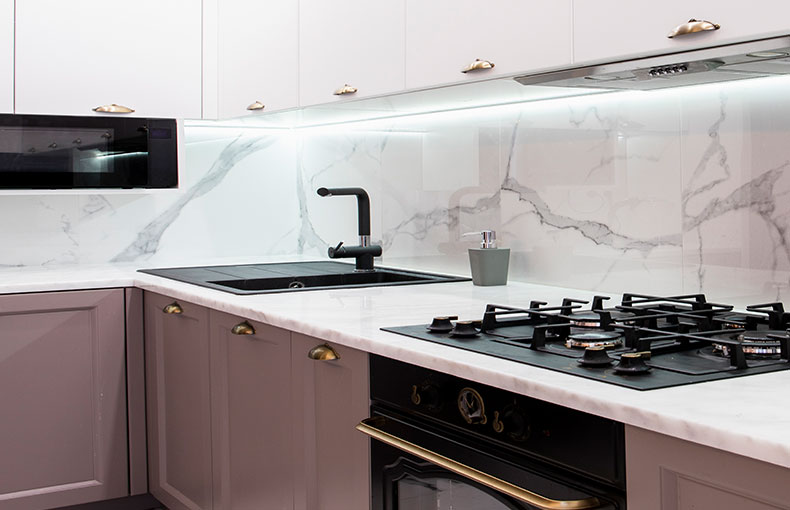Guide to Interior Design
Interior design is the art and science of enhancing the interior of a building to achieve a healthier and more aesthetically pleasing environment for the people using the space. It involves creating functional spaces, selecting appropriate furniture and decor, and using color and lighting to create a cohesive design. Whether you’re renovating your home or planning a new office space, a guide to interior design can help you create a beautiful and functional space that reflects your personal style and meets your needs.
The first step in any interior design project is to determine the purpose of the space. Are you looking to create a relaxing retreat for your family, a functional workspace for your business, or a welcoming environment for guests? Once you have a clear understanding of the purpose of the space, you can begin to think about the design elements that will be necessary to achieve that goal.
One important element of interior design is the use of color. Color can be used to create a mood, highlight a focal point, or make a space feel larger or smaller. When choosing colors for your space, consider the existing colors in the room, as well as the natural light that enters the room. You can also use color to create a sense of continuity throughout the space by using a similar color palette in different rooms.
Another key element of interior design is the use of furniture and decor. Furniture and decor can be used to create a sense of balance and scale in a space, as well as to add visual interest and personality. When selecting furniture and decor, consider the style and function of the space, as well as your personal preferences. For example, a family room should have comfortable, durable furniture that can withstand the wear and tear of daily use, while a formal living room might have more delicate, elegant pieces.
Lighting is also an important aspect of interior design. It can be used to create a sense of depth, highlight focal points, and set the mood in a space. There are many different types of lighting, including ambient, task, and accent lighting. Consider the natural light that enters the space, as well as the type of activities that will take place in the room, when selecting lighting fixtures.
Finally, it is important to consider the overall style and aesthetic of the space. There are many different design styles to choose from, including modern, contemporary, traditional, and more. Consider your personal style and the purpose of the space when selecting a design style.
In conclusion, interior design is a process of enhancing the interior of a building to create a healthier, more aesthetically pleasing environment for the people using the space. It involves creating functional spaces, selecting appropriate furniture and decor,

